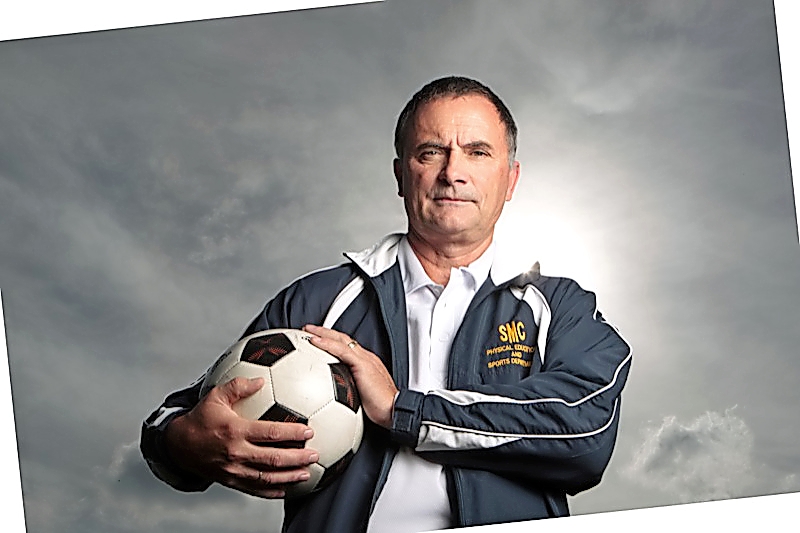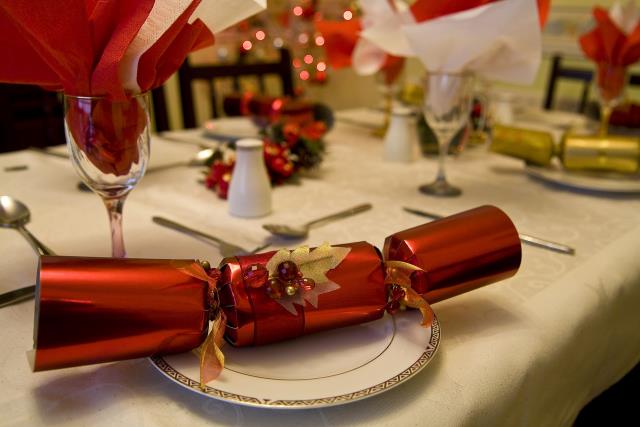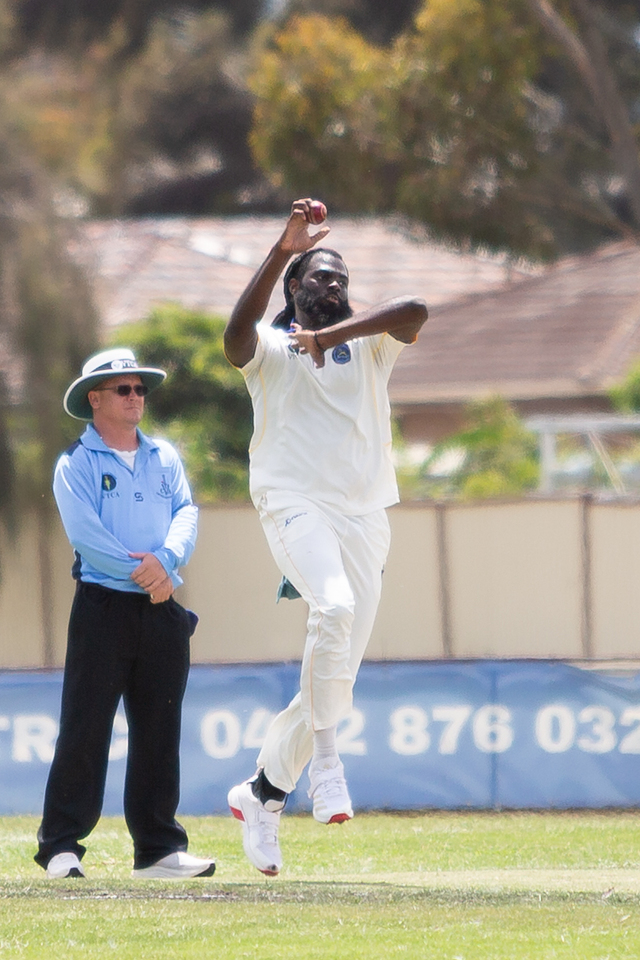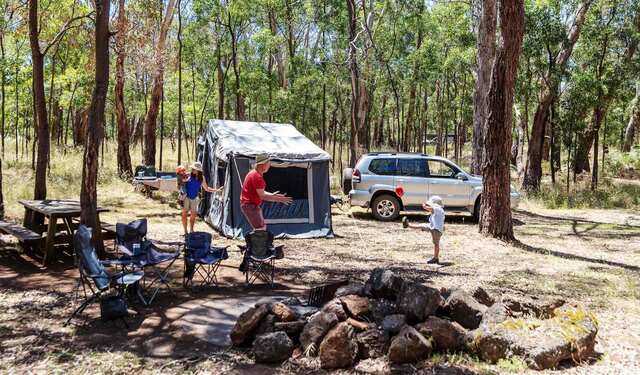David Black grew up in the wilds of northern Scotland in a tiny town called Reay, where a nice summer day would be lucky to top 14 degrees.
With a population of about 100, Reay’s main employer was an atomic power station and an American early-warning system used during the Cold War. The reactors have since been shut and the facilities are being decommissioned.
None of that bothered Black as a small child. His late father David ran a dairy farm, so it was an idyllic – albeit chilly – upbringing with space to roam. “We used to go climbing cliffs and trees,” he says. “We had our own beach, our own harbour.”
When Black was about 10 in the mid-1960s his father, late mother Rhoda and their growing brood moved to Blackburn, a town between Glasgow and Edinburgh, so David could save enough money working on building sites to move to Australia.
They arrived in 1967 as “£10 Poms” expecting endless sunshine, only to arrive on a cold, bleak day. They spent six weeks in a Broadmeadows migrant hostel army hut with one bar heater to warm their family of seven. Rhoda had her sixth child in Australia.
Things soon picked up. After two stints on farms, the family settled in Dandenong. Black had attended five primary schools but spent all of his secondary schooling at Dandenong High. While there, he took up soccer, which as a traditionalist he calls football.
Moving from one primary school to another helped build Black’s resilience. At 15, he joined Dandenong City Soccer Club and made the senior side at just 16.
School was also important. Despite growing up in working-class strongholds, education was the key to a better life. “The culture in the north of Scotland … values education immensely,” Black says. “It was always seen as a very important thing.”
For that reason Black, who as a teenager aspired to play soccer professionally, became the first member of his family to attend university; he studied arts at Monash. It was the mid-1970s but Black was too busy playing soccer and being with his family (which returned to Scotland temporarily when a younger sister became seriously ill) to join student protests.
The stay in Scotland also confirmed that Australia was now home. “Melbourne’s the best place in the world,” he says. “It’s got the best restaurants, the best theatres, it’s got sport.”
Having said that, Black has never really followed Australian Rules football. He played it briefly in primary school and doesn’t mind watching a good game, but has never chosen a team.
Instead, he played soccer for various clubs, up to state league level, until he was 43: “It was my stress release.”
As a child, Black didn’t consider other careers outside sport. However, at university he decided to complete a diploma of education and teach. His first job was at Catholic Regional College in St Albans.
After teaching integrated studies – history, geography and social sciences – and science for three years, Black co-ordinated science at Nauru Secondary College. It was a challenge as the tiny South Pacific nation was experiencing financial problems, but he enjoyed it and learnt from the experience.
Among the challenges was learning some very unusual names. Nauruans are known for naming their children after famous sports people such as Carlton great Alex Jesaulenko, but Black also taught Lux, Rubber and Hammer. There was even a set of twins called Benson and Hedges, and a Tuvaluan child called TV. “He was born on the day that TV arrived on the island,” Black says.
After two years on Nauru, Black backpacked around Europe and visited Scotland again before returning to Melbourne, where he now has three children. He spent a year at St Joseph’s College in Pascoe Vale, but it closed so he moved to St Monica’s College in Epping in 1985.
Almost 30 years later, he’s still there.
Initially Black taught science, maths and integrated studies but soon volunteered to coach soccer teams. When a friend at Catholic Regional College wanted to organise a year 7 game, Black obliged and became more and more involved.
At the time, the Sports Association of Catholic Coeducational Secondary Schools (SACCSS) was still evolving and concentrated on athletics, swimming and cross country. It now covers eight sports in the Premier League, including soccer. Black helped develop the soccer competition and coached several school teams.
He also coached futsal, a five-player-a-side variant of soccer played mainly indoors, and produced players good enough to represent Australia. In the 1990s he coached Australia’s junior boys’ team, travelling with them to Brazil and Europe. At one point he ran a FIFA Oceania-wide futsal coaching workshop in Auckland.
St Monica’s, which opened in 1964, has always had a strong male soccer pathway. Black helped to refine and expand it, while also creating a program for girls. This included visits by stars such as former Socceroo Simon Colosimo and junior international player David Ristevski – both former St Monica’s students.
The Colosimo clan is well-known at the school, with several branches attending. Jacob Colosimo, who plays for the Melbourne Knights in the Victorian Premier League, now works with the year 7 and 8 players.
In 2002, St Monica’s started its Football Excellence Program, which encourages boys and girls to compete and excel. Both have equal resources devoted to their programs. “One of the main philosophies … is gender equity,” Black says.
The boys’ teams are always strong and the girls dominate SACCSS competitions as “the team to beat”.
“It was easy to put together a girls’ team,” Black says. “When you start getting success it breeds success.”
The Football Excellence Program focuses on years 7-10. Year 11 and 12 students, who already play in outside teams, unite as needed for school tournaments.
“It’s a unique program,” Black says. “At year 11 and 12 we leave them alone because they’re all training two to three times a week anyway. By that time they have worked together for four years.”
For several years Black helped to run the program while still teaching. “I’d be here until at least 5 or 5.30 most nights and then two or three mornings a week I’d be at work by a quarter to seven,” he says.
When the Football Excellence Program started, Black became St Monica’s director of football and in 2006 he was promoted to director of sport. The school also has excellence programs in netball, tennis, hockey and basketball, with the basketball program run by former Olympian John Dorge.
About 150 soccer program participants play on a FIFA-approved pitch. They enjoy advice from the likes of former junior international and top-level local player/manager Fab Incantalupo, and former national league coach Bobby McLachlan. South Melbourne player Mathew Theodore is also an old boy.
Such football identities enjoy helping and identifying emerging talent. “It’s a two-way benefit,” Black says.
The school is highly supportive and the team behind the program is tight. “I’ve got a very, very good, well developed, sport team,” Black says. “They’re all problem solvers and they’re all doers.”
Some program participants hope to make a career out of soccer, while others may complete a VCAL or VET course to help them enter sports administration. The system is going from strength to strength, with Black recently preparing a proposal to expand it further.
He has visited other school programs locally and in the US and Asia.
The system is so successful that a number of male and female players have played in the premier league or equivalent. At a reunion this year, dozens of men and women, many of whom had played at premier league level, thanked Black’s team for their support. Some now play for the Whittlesea Ranges and the Bundoora United Soccer Club, which has links to the school.
Black can recognise potential players by simply watching them move. Others have an impeccable pedigree, such as the Colosimos. “You can just pick the football players by the way they walk,” he says. “It’s just a certain build.”
While Black still supports Scottish teams Heart of Midlothian and Queen of the South, one of the drawbacks of being such a ardent coach is that he finds it hard to enjoy a good game. “I’ve got to the stage where I can’t actually watch a game that passionately,” he says. “I’m sitting there analysing.”







